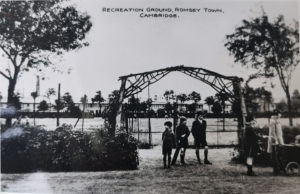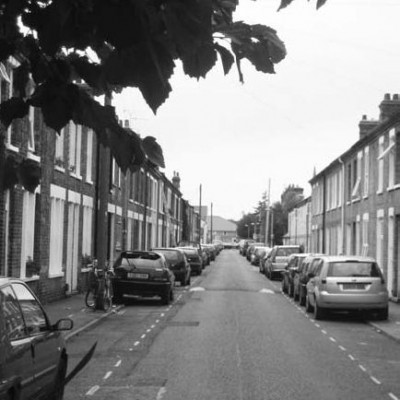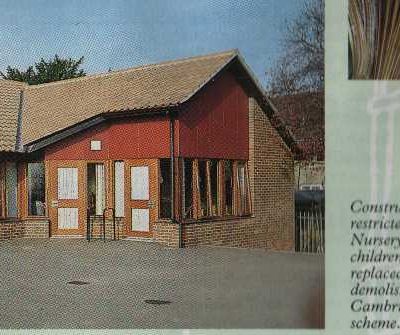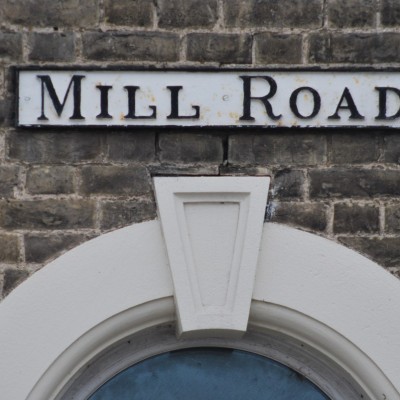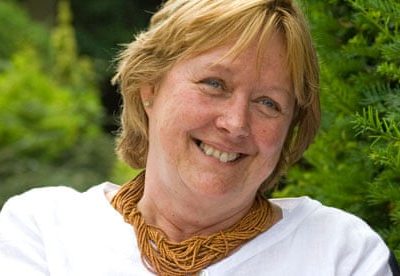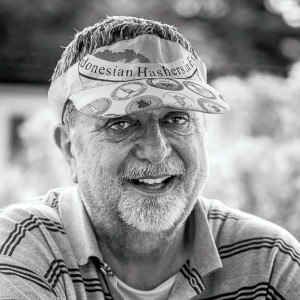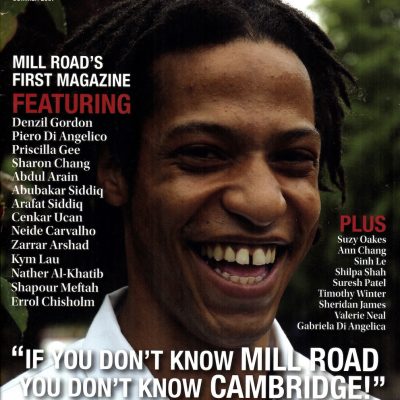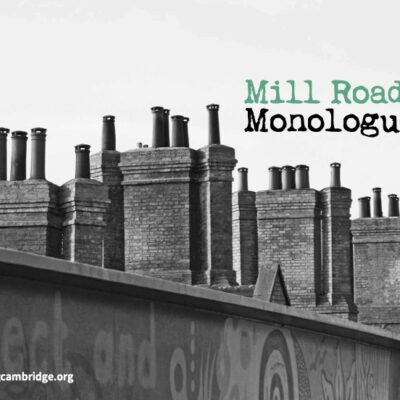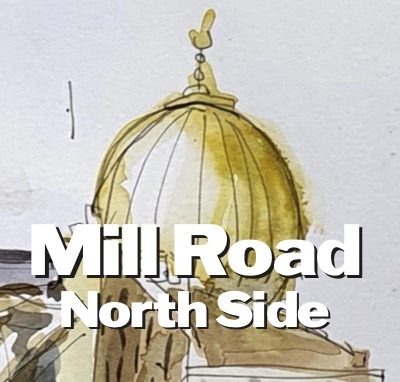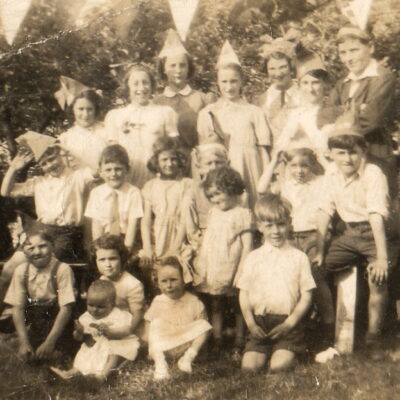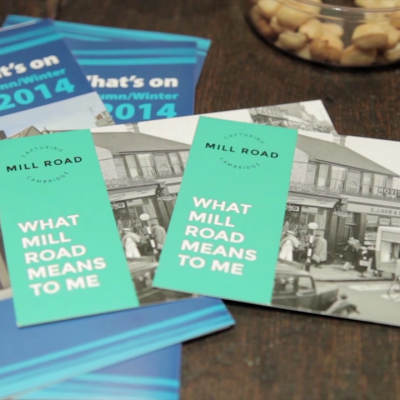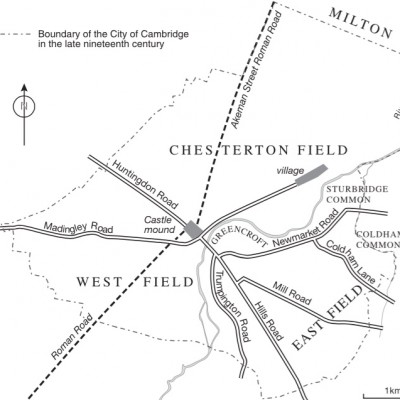Search by topic
- archaeology
- Building of Local Interest
- charity
- church
- crime
- dressmaker
- fire
- Great Eastern Railway
- Listed building
- Mapping Relief
- medieval
- oral history
- poverty
- Public House
- Rattee & Kett
- Religious House
- Roman
- scholar
- school
- Then and Now
- tudor
- women
- work
- world war one
- world war two
Search by text
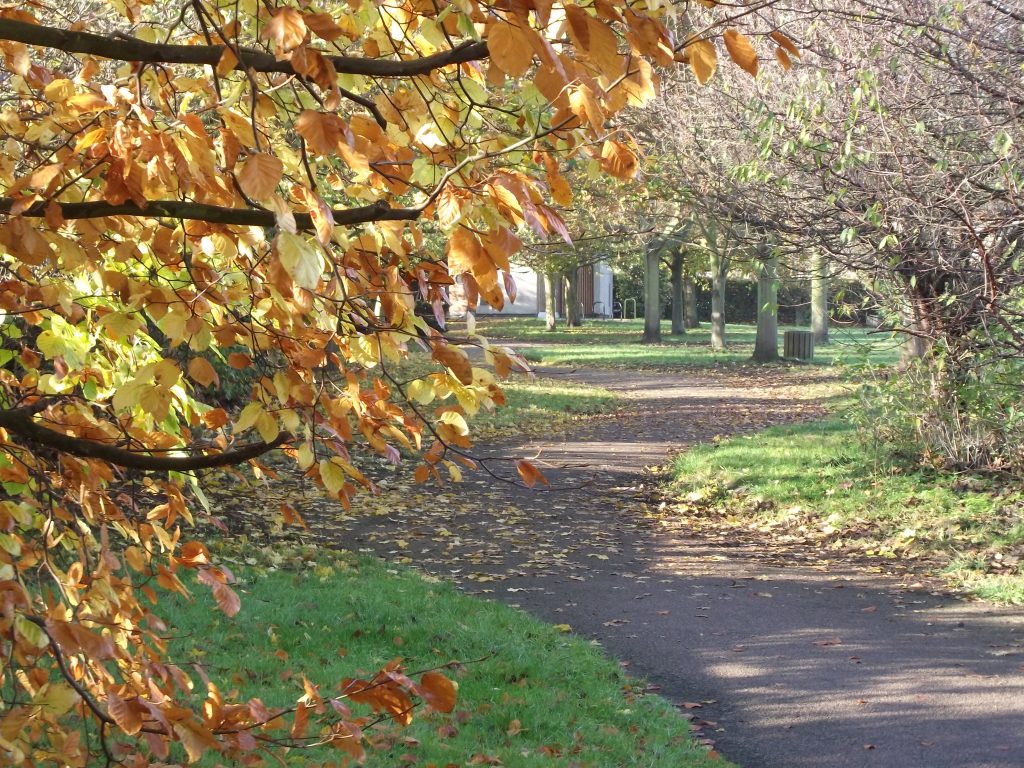
Romsey Recreation Ground
A Brief History: 1898-2017
From the City Council review of the park in 2008.
Romsey Recreation Ground is a Victorian park located in the Romsey area of Cambridge, which despite its location near the city centre retains a strong community feel, emphasised by active local community associations and groups, a busy local high street, and strong community amenities and facilities, including schools, faith groups, and local services.
The park sits in a largely residential area and provides much needed green space in a community that consists largely of terraced housing with small back yards rather than gardens. It serves not only as a recreation ground in its own right but also as a through route linking the streets on one side with those on the other.
The site is flat and level with no ground landscaping. It is bordered by a road to the east side, with houses, a hotel and a school all facing the park. On the other three sides it is bordered by houses and gardens, mostly with some tree screening, although there are house walls bordering the site at the Ross Street side. On the south side of the park, the gardens on Romsey Road back on to the site, but some development has taken place close to the park boundaries so that a few properties are much closer to the park than other houses on Romsey Road.
More info
Contribute
Do you have any information about the people or places in this article? If so, then please let us know using the Contact page or by emailing capturingcambridge@
License
This work is licensed under CC BY-NC-SA 4.0





